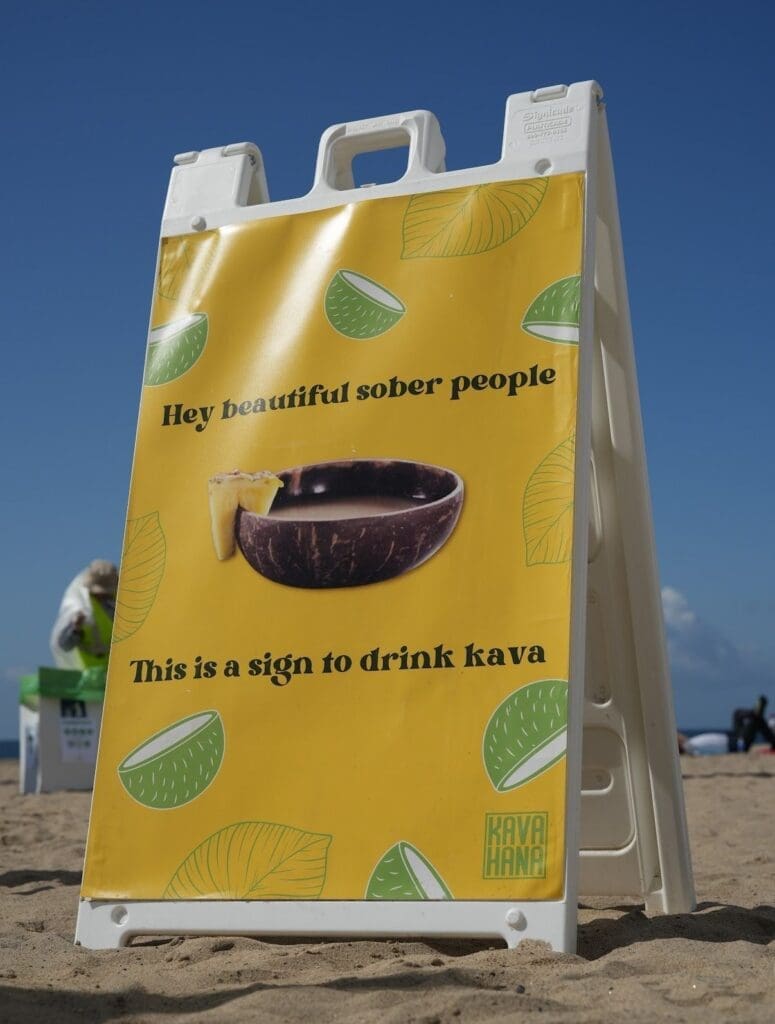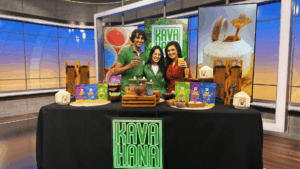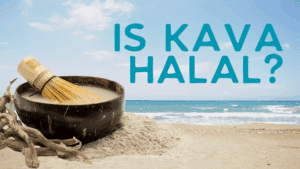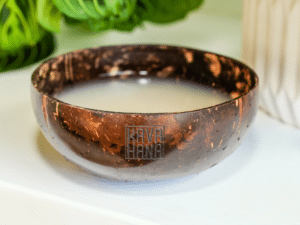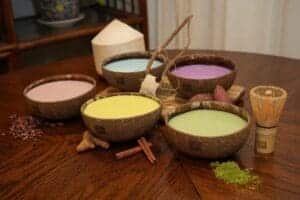There is a significant and meaningful kava culture that continues today. From where it comes from, to its history to the bowl it’s drunk out of, there is a story and reason for it all.
Starting back thousands of years, kava was first discovered in the traditions of the Pacific Islands. Countries like Vanuatu, Fiji, Hawaii, Micronesia, French Polynesia, Tonga, and Samoa all have their own varieties of kava plants and their own kava culture. While many of these overlap, each has some unique qualities. Some traditions are still very rich and a part of everyday life, like in Vanuatu and Fiji, whereas others had faded due to outside influences like French Polynesia.
No matter where the kava you drink comes from, there is a rich kava culture behind it that is important to know. Here are the four biggest aspects.
How it’s prepared
Kava is prepared through a long process of harvesting the root, drying it, and grinding it into a powder. The best kavas are still grown by small farmers in the South Pacific. These farmers continually test the kava to ensure it’s the best quality and only use those plants to create and grow new kava. The increased demand has forced some of the traditional processes to change to keep up with demand, but in general, things are done very similarly to how they were centuries ago.
You drink powdered kava—not directly, of course, but as a drink. The traditional way to make kava is by placing the powder in a porous bag and putting it in water to steep for 5 minutes. Then, the bag is massaged or “pounded” to get all the kavalactones out (the active ingredient). After another 3 or so minutes, the kava is ready to be drunk.
The bowl
The kava bowl is one of the most traditional aspects of drinking kava. Pacific Islanders have used specific bowls to serve and drink kava for centuries. These are often made out of wood or clay. The name of them varies by island. They’re called a “Kumete” in Tonga, a “Kanoa” in Hawaii, and a “Tanoa” in Fiji and Samoa.
The kava culture of the bowl is special. They are typically handmade, making each bowl unique and unlike any others. They are shallow and have three legs to provide support and stability during celebrations and serving. The bowl is either passed around and drunk from directly or used in coconut cups called “bilos.” This is commonly used today when you enter a kava bar.
How it’s drunk
Historically, drinking kava involves a special tradition and order. This may involve a certain chant or prayer or having the leaders of a community drink first. The order in which it is drunk is very important as it symbolizes the hierarchy and honors the heads of villages. Drinking kava first is considered to be a sign of great respect.
In North America, we don’t follow such strict traditions. However, due to the rich kava culture, some kava bars will still have some sense of basic ceremony. And, of course, you can create your own traditions when you drink kava.
What it means
Being such a melding pot of different cultures, it can be hard to see what our traditions as a country really are. But for countries that are thousands of years old, tradition is so important. It’s how they ensure their culture and stories continue.
This is why kava culture is so important to us. We have the privilege of drinking this wonderful elixir that comes from so far away right in our own homes, but with that comes the importance of honoring its roots.
So when you drink kava, think about where it comes from, and maybe even create a tradition for yourself. It makes the experience that much sweeter.
* Please note that the majority of kava research pertains to kava extracts, which often undergo significant processing and may contain additional ingredients and fillers that can influence their efficacy. It is crucial to consider this distinction when reading about kava studies. To draw an analogy, enjoying natural kava as a beverage can be likened to experiencing a freshly brewed cappuccino, whereas kava extracts are akin in functionality to a caffeine pill. Both forms have their unique benefits and can cater to different preferences and needs. While it’s helpful to understand research on kava extracts, please view it critically and remember that natural kava offers a uniquely holistic experience.

